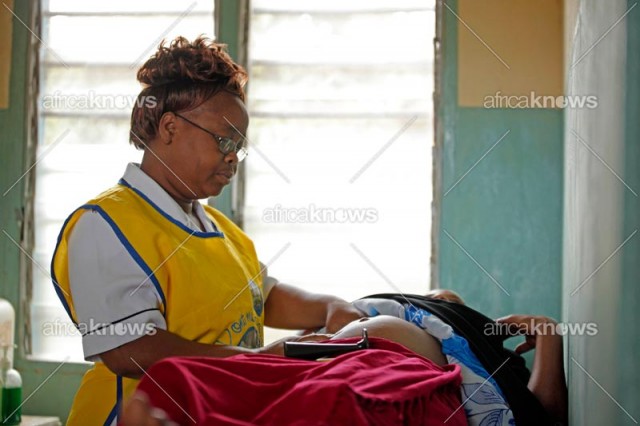Preeclampsia is a pregnancy-related condition which often starts after the 20th week of pregnancy, although it can occur earlier. Preeclampsia is marked by high blood pressure in a pregnant woman –including one who may not have had any high blood pressure issues before. Pregnant women with preeclampsia also have the presence of protein in their urine. Additionally, they often have excess swelling in the feet, legs, and hands.
When not diagnosed early enough, preeclampsia can lead to eclampsia -a serious condition which in some cases, can be fatal for both mother and/or baby.
Causes of Preeclampsia
The exact causes of preeclampsia and eclampsia — are not known. Experts however believe it begins in the placenta — the organ that nourishes the fetus throughout pregnancy.
Risk Factors for Preeclampsia
Preeclampsia develops only as a complication of pregnancy. Risk factors include:
- History of preeclampsia. A personal or family history of preeclampsia significantly raises your risk of preeclampsia.
- First pregnancy. The risk of developing preeclampsia is highest during your first pregnancy.
- New paternity. Each pregnancy with a new partner increases the risk of preeclampsia over a second or third pregnancy with the same partner.
- Age. The risk of preeclampsia is higher for pregnant women older than 40.
- Obesity. The risk of preeclampsia is higher if you’re obese.
- Multiple pregnancy. Preeclampsia is more common in women who are carrying twins, triplets or other multiples.
- Interval between pregnancies. Having babies less than two years or more than 10 years apart leads to a higher risk of preeclampsia.
- History of certain conditions. Having certain conditions before you become pregnant — such as chronic high blood pressure, migraine headaches, type 1 or type 2 diabetes, kidney disease, a tendency to develop blood clots, or lupus — increases your risk of preeclampsia. –Source: Mayo Clinic
*The information following is obtained from WebMD
Signs and Symptoms of Preeclampsia
In addition to swelling, protein in the urine, and high blood pressure, preeclampsia symptoms can include:
- Rapid weight gain caused by a significant increase in bodily fluid
- Abdominal pain
- Severe headaches
- Change in reflexes
- Reduced urine or no urine output
- Dizziness
- Excessive vomiting and nausea
- Vision changes
A pregnant woman should seek immediate care if:
- She has sudden and new swelling in her face, hands, and eyes (some feet and ankle swelling is normal during pregnancy.)
Continue Reading Next Page








































[…] Preeclampsia: All You Need to Know […]
[…] Preeclampsia: All You Need to Know […]
[…] Preeclampsia: All You Need to Know […]
[…] Preeclampsia: All You Need to Know […]
[…] Preeclampsia: All You Need to Know […]
my pal recently experienced this during her delivery…let’s just say her and her son are a miracle. thanks for highlighting this.
Glad to hear that she and baby are well. A miracle for sure. Help spread the word on #Preeclampsia
[…] Preeclampsia: All You Need to Know […]
[…] Related: Preeclampsia: All you Need to Know […]